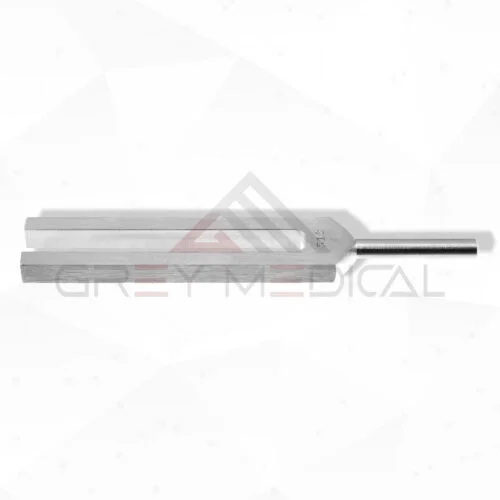
Medical tuning forks are precision tools commonly used in medical diagnostics. While they may appear simple, these instruments provide valuable insights into various neurological and auditory conditions. Used alongside other tools like the medical knife, tuning forks continue to play a significant role in modern healthcare.
What is a Medical Tuning Fork?
A medical tuning fork is a small instrument, often made of aluminum or steel, designed to produce a specific frequency when struck. It is categorized under medical instruments, and its name frequently appears alongside other essential devices in diagnostic medicine. Tuning forks are most commonly used to evaluate vibratory sensation and hearing loss, serving as a reliable tool for healthcare professionals.
Their use dates back to the 19th century when physiologists began experimenting with sound frequencies to assess sensory function. Today, these forks are available in varying sizes and frequencies, including the popular 128 Hz and 512 Hz models most often used in clinical settings.
Applications of Tuning Forks in Medicine
Assessing Vibratory Sensation
One of the primary uses of a tuning fork is in the neurological examination. When a vibrating fork is applied to a bony surface, its vibrations are detected by nerves in the skin and underlying tissues. This simple test helps doctors check for neuropathy or other sensory deficits in patients, particularly those with diabetes or spinal injuries.
Hearing Evaluations
The Rinne and Weber tests, commonly conducted using a tuning fork, remain critical in diagnosing conductive and sensorineural hearing loss. During these procedures, the fork’s vibrations allow audiologists to determine how sound is transmitted through various parts of the ear. These tests provide vital information about a patient’s auditory health.
Fracture Detection
Interestingly, tuning forks can also help detect stress fractures in bones. By placing the vibrating fork over the suspected fracture site, doctors can evaluate whether patients feel pain in the area. While less accurate than imaging technologies, this technique is a practical initial screening method for certain types of injuries.
Why Tuning Forks Stand Out Among Medical Instruments
What makes the tuning fork unique is its ability to deliver precise, non-invasive results without the need for advanced machinery. Unlike a medical knife or other invasive tools, the tuning fork provides insights through vibration and sound, ensuring the patient’s comfort during evaluation.
Its simplicity is its power. While some medical instruments’ names might sound intimidating or overly technical, the tuning fork remains approachable, bridging the gap between technology and practicality in healthcare.
Choosing the Right Tuning Fork
When selecting a tuning fork, healthcare professionals should consider the required frequency and application. The 128 Hz fork, for instance, is ideal for vibratory sensation tests, while the 512 Hz fork works best for auditory assessments. The durability and precision of the material, such as steel or aluminum, also play a role in ensuring accurate, consistent results.
Conclusion
The medical tuning fork, though simple in design, serves a crucial role among the array of diagnostic tools in healthcare. Its ability to assess neurological and auditory conditions effectively makes it indispensable in various medical settings. Whether used in routine exams or more specialized diagnostics, this instrument remains a testament to the value of straightforward solutions in medicine.
When paired with other tools like the medical knife and other medical instruments name, the tuning fork demonstrates that simplicity and accuracy can drive high-quality patient care. For healthcare professionals, understanding the applications and benefits of this device is essential in delivering comprehensive, effective diagnoses.